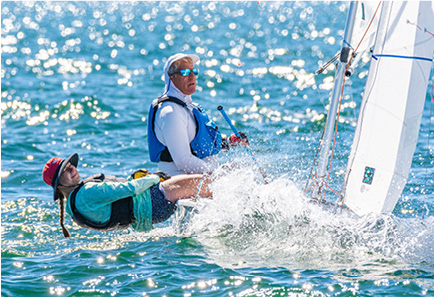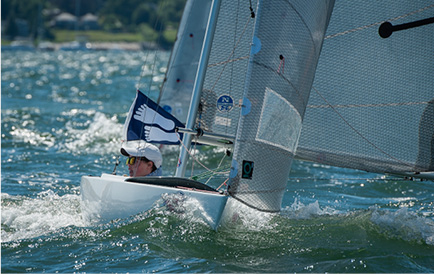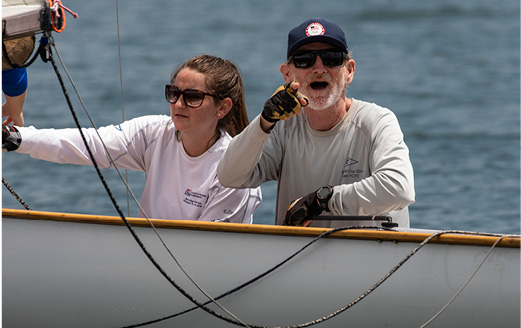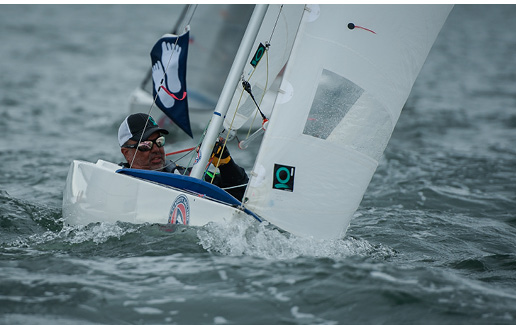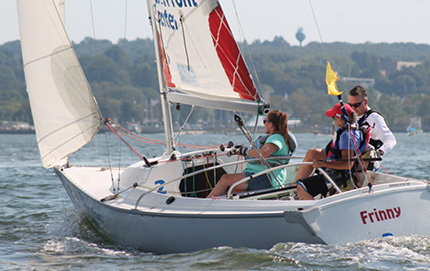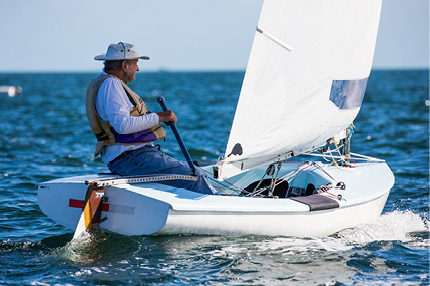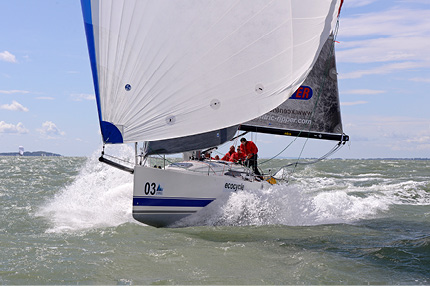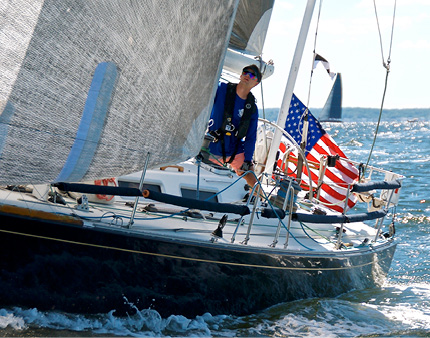Up to Speed & Smarts with Dells
Visualize the Shape of Your Jib
Before we talk about how you can use sail controls to change the shape of your headsail, let’s quickly review how we look at that shape in the first place. Let’s discuss how the various headsail controls affect four basic measures of sail shape: overall depth (fullness), the position of maximum draft, the leading edge angle and twist. Each of these has a large effect on the sail’s total power and performance. Depth of the sail –…

